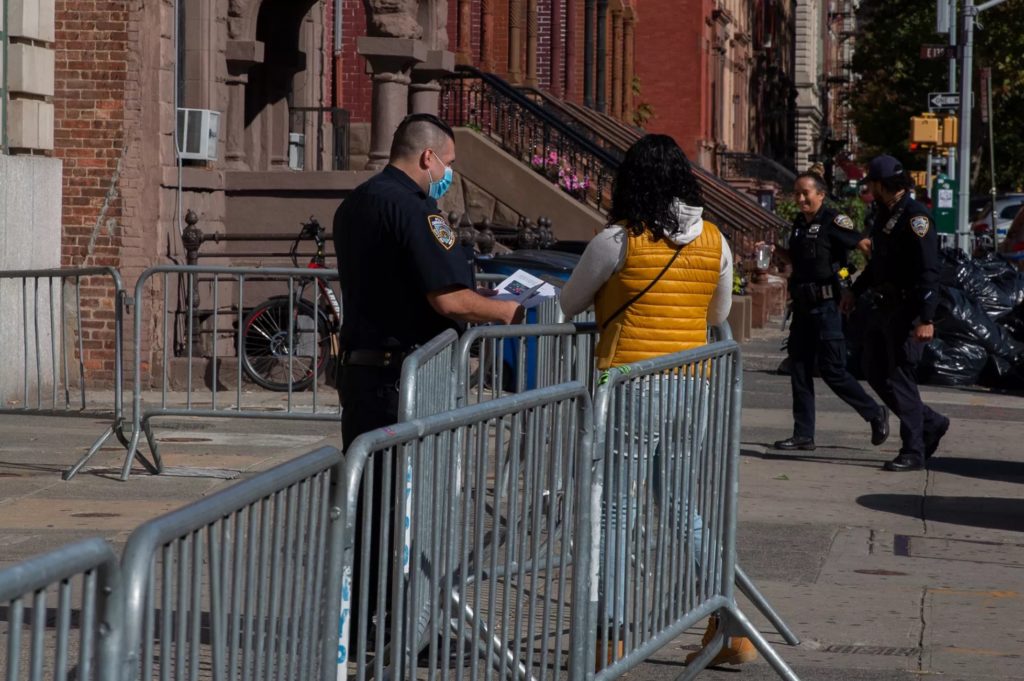De Blasio’s neighborhood policing effort ‘more symbolism than reform,’ study suggests

 This story was originally published on Oct. 15 by THE CITY. Sign up here to get the latest stories from THE CITY delivered to you each morning.
This story was originally published on Oct. 15 by THE CITY. Sign up here to get the latest stories from THE CITY delivered to you each morning.Mayor Bill de Blasio’s signature “neighborhood policing” program appears to have helped reduce the number of low-level arrests in most precincts — but has done little to slow crime or eliminate racial bias in who gets charged, a new study asserts.
The study, the first of its kind to examine the mayor’s now five-year-old police reform effort, comes as the NYPD repeatedly refuses to release a separate report from a consultant THE CITY revealed received $150,000 from the NYPD to assess why elements of the neighborhood policing initiative have stalled.
The program requires cops to cultivate relationships with the communities they patrol in a bid to restore trust that’s eroded over the years due to NYPD misconduct and general over-policing. That mistrust grew in the 2000s with the department’s rampant use of stop-and-frisk, targeting mostly Black and Hispanic New Yorkers.

Brooklyn Boro
View MoreNew York City’s most populous borough, Brooklyn, is home to nearly 2.6 million residents. If Brooklyn were an independent city it would be the fourth largest city in the United States. While Brooklyn has become the epitome of ‘cool and hip’ in recent years, for those that were born here, raised families here and improved communities over the years, Brooklyn has never been ‘uncool’.